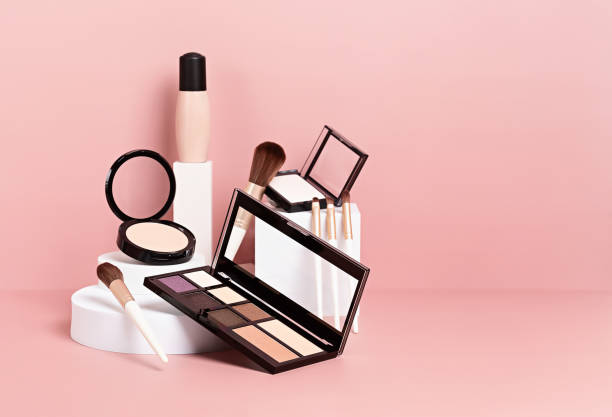7 Trends Daily
Stay updated with the latest insights and trends across various sectors.
Lipstick Logic: Why Shade Matters More Than You Think
Uncover the surprising impact of lipstick shades on your mood, style, and confidence! Discover why choosing the right hue is a game-changer.
The Psychology of Lipstick: How Shade Influences Mood and Confidence
The psychology of lipstick is a fascinating topic that explores how shade can significantly influence not only our appearance but also our mood and self-esteem. Different colors evoke varied emotional responses; for instance, red is often associated with passion and power, while softer shades like pink can evoke feelings of warmth and approachability. Research suggests that when individuals engage with specific shades of lipstick, they may feel a boost in their confidence levels, transforming their outlook as they prepare for the day ahead. This phenomenon underscores how a simple swipe of color can change one’s mental state, making it a vital aspect of personal expression.
Moreover, the impact of a lipstick's shade extends beyond the self, shaping perceptions from others as well. Bright, bold colors can convey assertiveness and creativity, while neutral shades might suggest sophistication and professionalism. This dual impact highlights the importance of selecting the right hue for various occasions, whether a job interview or a night out. By understanding the psychology behind lipstick shades, individuals can harness their emotional effects to boost confidence and project an image that aligns with their goals, fostering both personal and social empowerment.

Finding Your Perfect Match: The Science Behind Lipstick Shades
Choosing the right lipstick shade can feel like a daunting task, but understanding the science behind lipstick shades can simplify the process. The key factors to consider include your skin tone, undertone, and personal style. Generally, there are three main skin tones: cool, warm, and neutral. Cool tones typically suit shades with blue or purple undertones, such as berry or fuchsia, while warm tones look stunning in corals and peachy shades. For those with a neutral tone, versatile shades like rose or mauve can create a harmonious look.
Another essential aspect of finding your perfect match lies in understanding how lighting can affect how a shade appears on your lips. Natural light often provides the truest representation, allowing you to see the lipstick's true colors more accurately. Additionally, consider your makeup look; bold spoken tones pair better with lighter eyes and vice versa. To sum it up, the science behind lipstick shades integrates personal preferences, skin characteristics, and environmental factors, making your choice not just a matter of taste but also a reflection of your unique beauty.
Does Lipstick Shade Really Matter? Debunking Common Myths
The world of lipstick is often filled with misconceptions, leading many to wonder, does lipstick shade really matter? While it's true that the right shade can enhance your overall look, it's essential to recognize that personal preference plays a vital role in this discussion. Some believe that certain shades can dramatically change your complexion, but in reality, individual skin tones can differ, and factors like undertones and application techniques can often have a greater impact. Thus, the myth that there’s a definitive 'best' shade for everyone needs to be debunked.
Another common myth is that specific lipstick shades are reserved for particular occasions or seasons. In reality, the beauty of makeup lies in its flexibility and the freedom to express yourself. Whether you prefer bold reds for a night out or soft pinks for casual outings, the choice ultimately depends on your style and comfort. As such, the belief that lipstick shade truly matters should be viewed as a guideline rather than a strict rule. Embrace experimentation to find what works best for you and let your personality shine through!